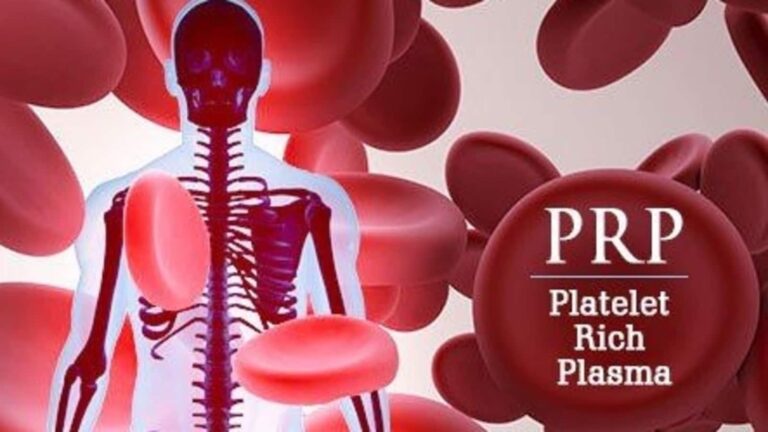Platelet Rich Plasma (PRP) is the most common preparation used in regenerative medicine and is popular in the cosmetic and medical fields as it is used for vampire facials, hair growth and wound healing. It is considered safe, low-cost, natural and minimally invasive, however, when we talk about the use of PRP in gynecology, its main association has been as a supplement to therapeutic procedures related to various conditions, such as thin endometrium, premature ovarian failure, urinary incontinence, urogenital fistulas or even Asherman’s syndrome (occurs when scar tissue forms inside the uterus and/or cervix).
What is platelet rich plasma therapy?
In an interview with HT Lifestyle, Dr Sonamm Tiwari, Consultant Obstetrics and Gynecology at Fortis Hiranandani Hospital in Vashi, explained, “There are many growth factors present in platelets. Since these platelets have numerous growth factors and rich proteins when released into the human system (locally or into the blood), they benefit the process of regeneration and repair of damaged cells, tissues or organs. The main advantage of PRP is its source, which is autologous, meaning it is made from the blood of the person being treated.”
She clarified, “As a result, there is no risk of immune reactions or transmission of any infection or disease from any donor. Moreover, it is not time-consuming as it takes about thirty minutes to prepare and about fifteen minutes to apply. Recently, platelet-rich plasma and its application have received much attention in aesthetic gynecology and functional gynecological procedures. PRP stimulates new blood vessels and collagen formation with the help of growth factors released by the aggregated platelets. However, this procedure is not recommended for patients with blood disorders, clotting disorders (bleeding tendencies), pregnancy, lactation, active infections or a diagnosis of Cancer.’
How is PRP used for vaginal rejuvenation?
Dr. Sonamm Tiwari replied, “Vaginal laxity is like an anatomical deformity that causes orgasmic disorders. Vaginal rejuvenation involves the management of aging and repair of traumatic changes (caused by childbirth, episiotomy scars, cervical ectopy, lichen sclerosus, vaginal atrophy after chemotherapy, previous trauma, or vaginal or vulvar surgery) that may occur in the vagina . A loose vagina can cause reduced internal friction and therefore reduced arousal and orgasmic dysfunction. In the long term, it can affect a woman’s sexual health and body image, leading to reduced self-esteem and a lower quality of life. For many patients who complain of vaginal atrophy and laxity, PRP is a good form of treatment, along with other surgical/non-surgical treatments if required.”
She revealed, “The other application of PRP is to improve the quality of sex life. It has been noted that the administration of PRP in the right places by a trained Aesthetic Gynecologist has helped to enhance female sexuality with greater satisfaction. Its application does not stop there. To add to the list, lack of lubrication, lack of libido, difficulty in arousal and painful intercourse can also be treated with PRP. In addition, PRP can also be applied in urogynecology as it is useful in the treatment of conditions such as urinary incontinence, vesicovaginal fistulas and cystic hernia repair as a supportive treatment. Platelet-rich plasma helps strengthen the ligament around the bladder. It also helps rejuvenate the vaginal walls with new collagen formation, making the muscles strong and resolving stress urinary incontinence (SUI).”


